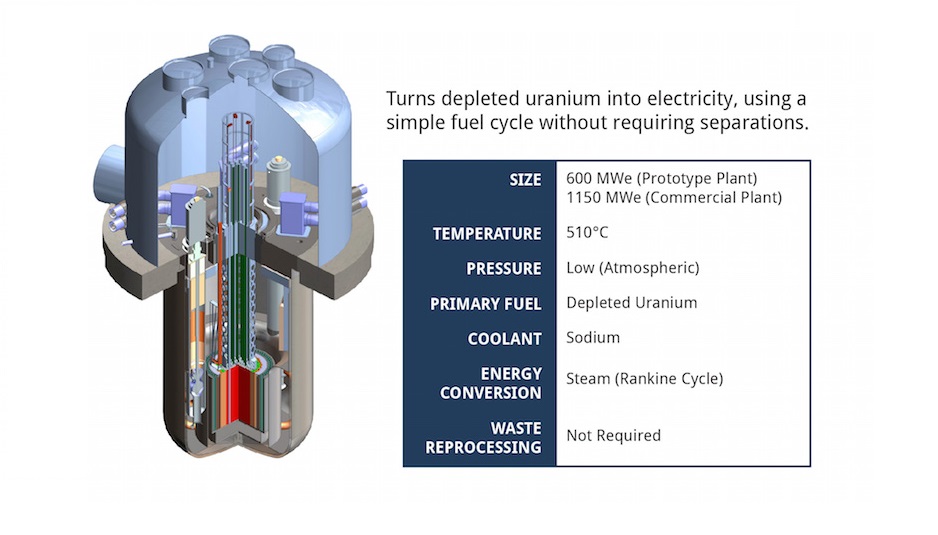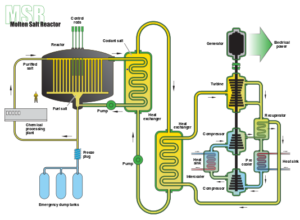The rise of the nuclear startups

terrapower.com/pages/technology
Article by Stefano Terlizzi – PhD at the Georgia Institute of Technology
The nuclear industry ecosystem is rapidly changing in North America. After being dominated by big state-backed corporations, nuclear industry is destined to be revolutionized in the following years. In fact, more than three dozen private startups promise to bridge the gap between the conceptual design of advanced nuclear reactors and their commercialization.
These new startups, backed by more than 1.3 billion dollars investment, constitute a heterogeneous ensemble in terms of dimensions and proposed design solutions.
For instance, you can find deep-pocket new firms, such as Terra Power. This firm, partially funded by the Bill and Melinda Gates foundation, is heavily investing in the development of a new reactor type called Travelling Wave Reactor (TWR). In the TWR, the fission reaction propagates slowly and progressively from the central zone to the periphery during the life of the reactor. The key feature of the TWR, in addition to the improved safety characteristics, is the ability to burn depleted uranium at the periphery of the reactor core. The name Depleted Uranium (DU) is used to denote uranium with low content of fissile materials. The DU, a waste of the enrichment process, is currently used for the production of penetrators, armors and as ballast due to its high density. The use of depleted uranium for military applications has been questioned after being labelled as one of the possible causes of the Gulf War Syndrome.

On the other hand, small startups like Transatomic Power, backed by venture capitals, are betting on the commercial development of Molten Salt Reactors (MSR). The MSR constitute a particularly interesting concept, developed originally at Oak Ridge National Laboratory for the propulsion of US aircrafts during the Cold War. In the design proposed by Transatomic, the fuel is dissolved in the coolant, forming a mixture of lithium and uranium fluoride. The MSRs constitute a particularly safe design. In the case of electric power loss, the salt can be passively drained into an auxiliary containment making the reactor subcritical. In addition, the minimization of the structural material needed for the construction of the core and the highly efficient fuel utilization make them an attractive technology for the future.
Silicon Valley firms are the main model for the new nuclear industries: rapidity and audacity in proposing new solutions are their point of strength. However, nuclear industry is a very particular environment: even the smallest improvement takes years to be implemented and it requires an incredible amount of resources.
The role of the US and Canadian government will be fundamental to ensure the thrive of the new nuclear industries and the development of this promising and dynamic environment.
